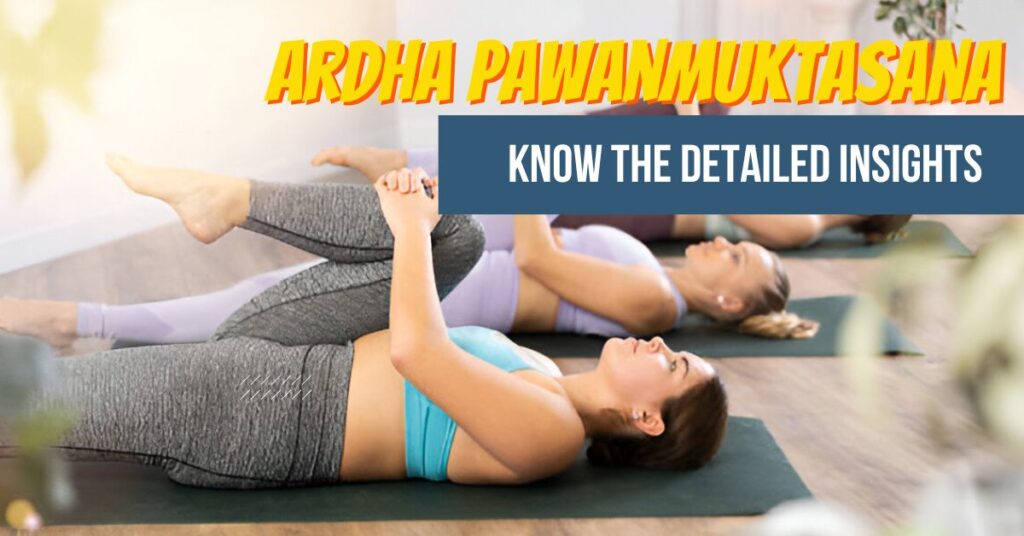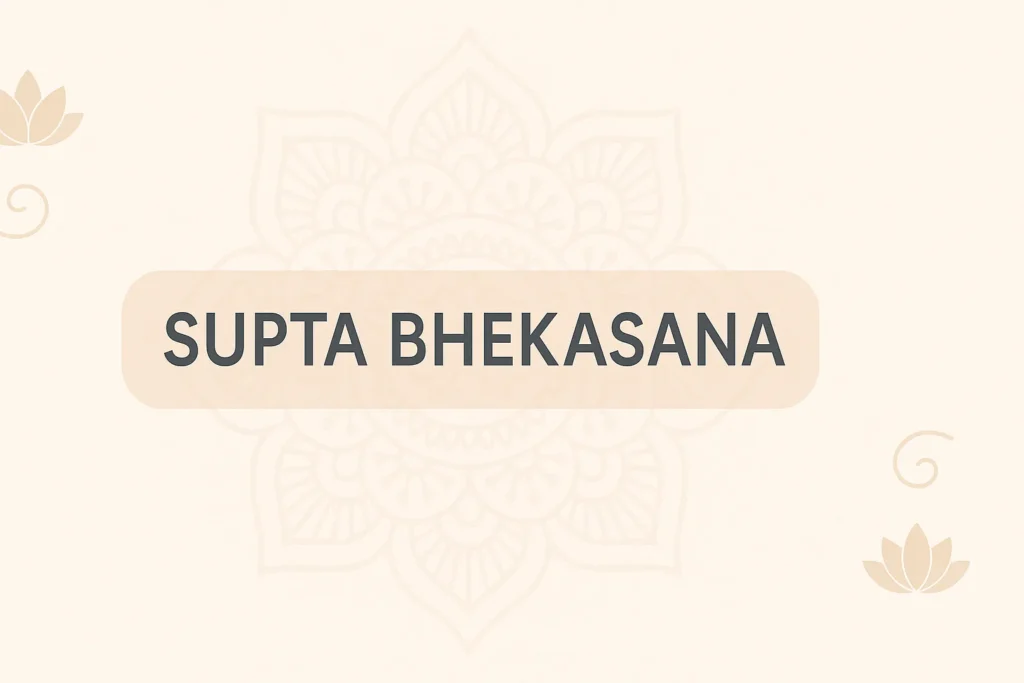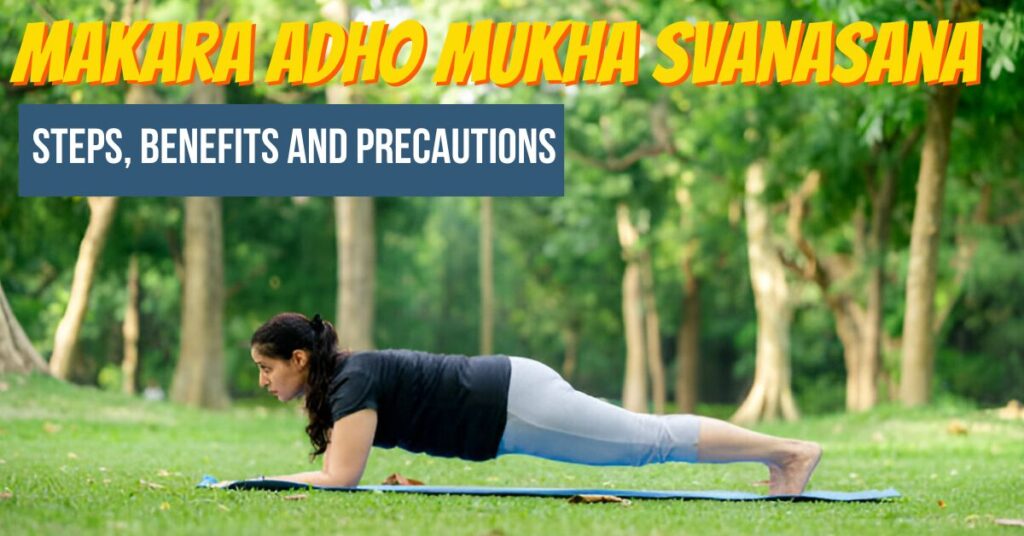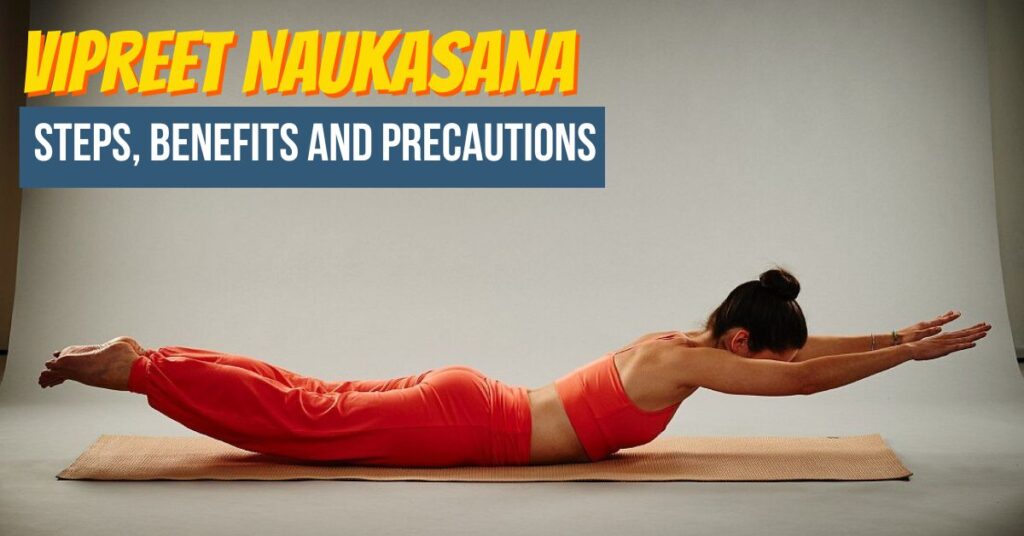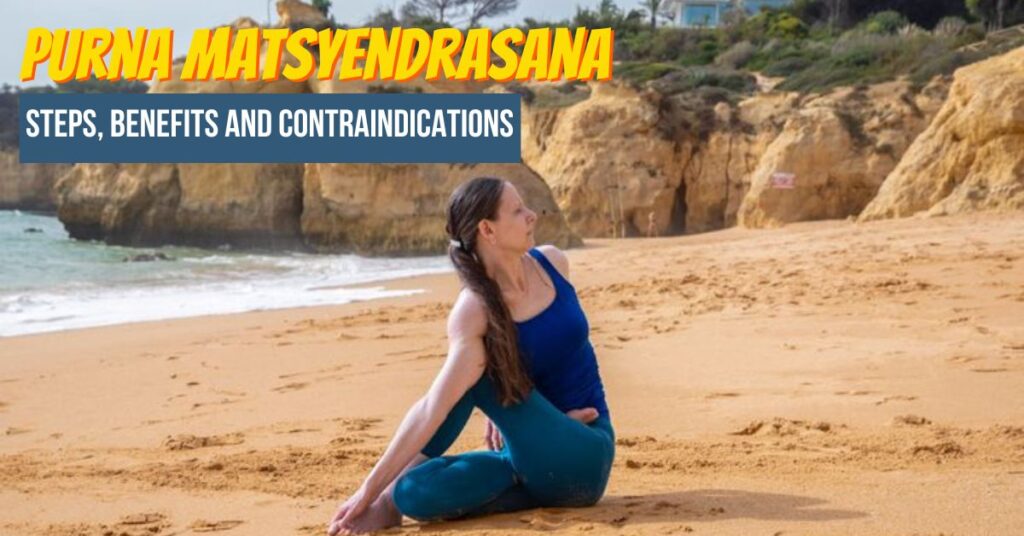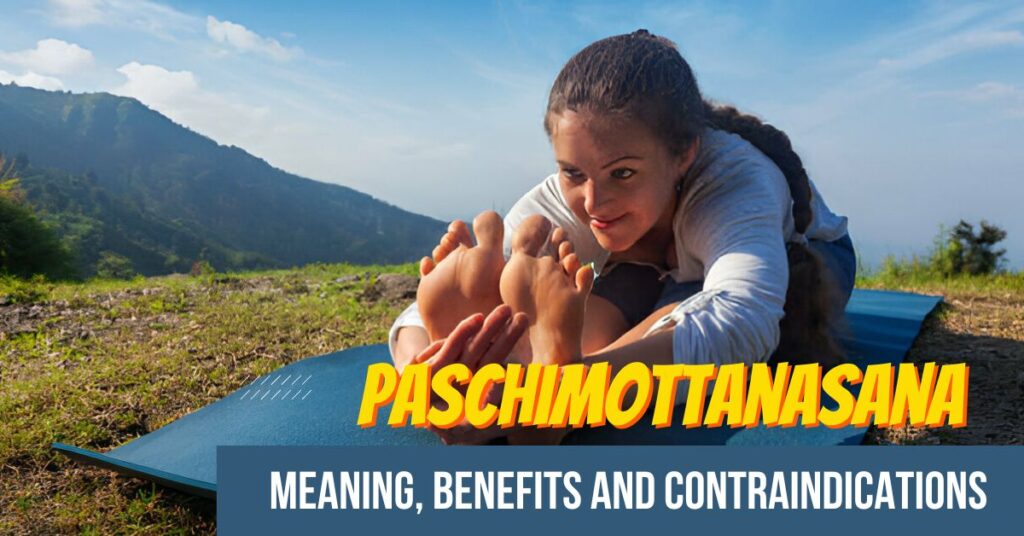Feeling physically off-balance or mentally scattered is quite common these days. Many people look for instant fixes, but one ancient practice beautifully strengthens the body and soothes the mind- Yoga. One such powerful pose is Parivrtta Utthita Hasta Padangusthasana, which is perfect for anyone wanting to boost flexibility, core strength, and focus. Today, Yogaasan will take you through everything you need to know about this incredible yoga pose, its meaning, amazing benefits, simple steps, and things to keep in mind before you begin.
Understanding Parivrtta Utthita Hasta Padangusthasana
In Sanskrit, Parivrtta means “revolved,” Utthita means “extended,” Hasta means “hand,” and Padangustha refers to “big toe.” Put together, Parivrtta Utthita Hasta Padangusthasana is the Revolved Extended Hand-to-Big-Toe Pose. It is a standing and balancing pose that strengthens your legs and improves spinal flexibility while giving your body a beautiful twist. This pose is often called Revolved Big Toe Pose in English.
Why You Should Practice Parivrtta Utthita Hasta Padangusthasana?
The Parivrtta Utthita Hasta Padangusthasana benefits are powerful for your body and mind:
- Strengthens the Legs and Ankles: Builds lower body endurance.
- Enhances Hip and Hamstring Flexibility: Deep stretches help release tightness.
- Boosts Core Stability: Strengthens the core muscles needed for balance.
- Improves Digestion: The twist massages internal organs naturally.
- Sharpens Focus and Concentration: Requires full mental presence to maintain balance.
- Relieves Minor Back Pain: Twisting gently opens up the lower back.
- Promotes Better Posture: Encourages a taller, more confident stance.
With regular practice, this asana can truly bring more strength, flexibility, and peace into your life.
How to Perform Parivrtta Utthita Hasta Padangusthasana?
Here’s how you can practice Revolved Big Toe Pose easily at home:
- Start by standing tall in Tadasana (Mountain Pose).
- Shift your weight onto your left foot, grounding it firmly into the mat.
- Lift your right leg, bending your knee toward your chest.
- Reach across your body with your left hand to hold the outer side of your right foot.
- Extend your right arm straight behind you at shoulder level.
- Gradually straighten your right leg forward (or slightly to the side) while twisting your torso to the right.
- Keep your gaze towards your right hand for balance.
- Engage your standing leg and core, staying lifted through the spine.
- Hold the position for 3-5 deep breaths.
- Gently release and return to Tadasana. Repeat on the other side.
Tip for beginners: Use a yoga strap around your foot if you find it hard to reach your toes initially.
Important Things to Remember Before You Try
While the benefits are tempting, it’s equally important to practice safely. Here are some Parivrtta Utthita Hasta Padangusthasana precautions you should be aware of:
- Skip if Injured: Those with ankle, hip, knee, or back injuries should avoid this pose.
- Blood Pressure Issues: People with high or low blood pressure should be cautious during balancing and twisting.
- Pregnancy: Deep twists should generally be avoided during pregnancy unless advised otherwise by a professional.
- Dizziness or Vertigo: Those who experience balance disorders should consult a yoga expert first.
Yoga is about growth, not strain. Always listen to your body and practice mindfully.
Final Words
Parivrtta Utthita Hasta Padangusthasana is not just about flexibility or strength, it’s about creating harmony between balance, focus, and inner calm. By adding this pose to your yoga routine, you can enjoy better posture, a stronger core, and a quieter mind.
At Yogaasan, we encourage you to explore the deeper connection between your body and mind. Every time you balance yourself in Parivrtta Utthita Hasta Padangusthasana, you’re also teaching your mind to stay centered, no matter what twists life throws at you.
Frequently Asked Questions (FAQs)
How often should I practice Parivrtta Utthita Hasta Padangusthasana?
Practicing 3 to 4 rounds on each side, a few times a week, can help you steadily improve.
Is Revolved Big Toe Pose suitable for beginners?
Yes! Beginners can use a strap and practice near a wall for support until they build better balance.
What is the English name for Parivrtta Utthita Hasta Padangusthasana?
It’s called the Revolved Extended Hand-to-Big-Toe Pose or Twisting Big Toe Pose.
